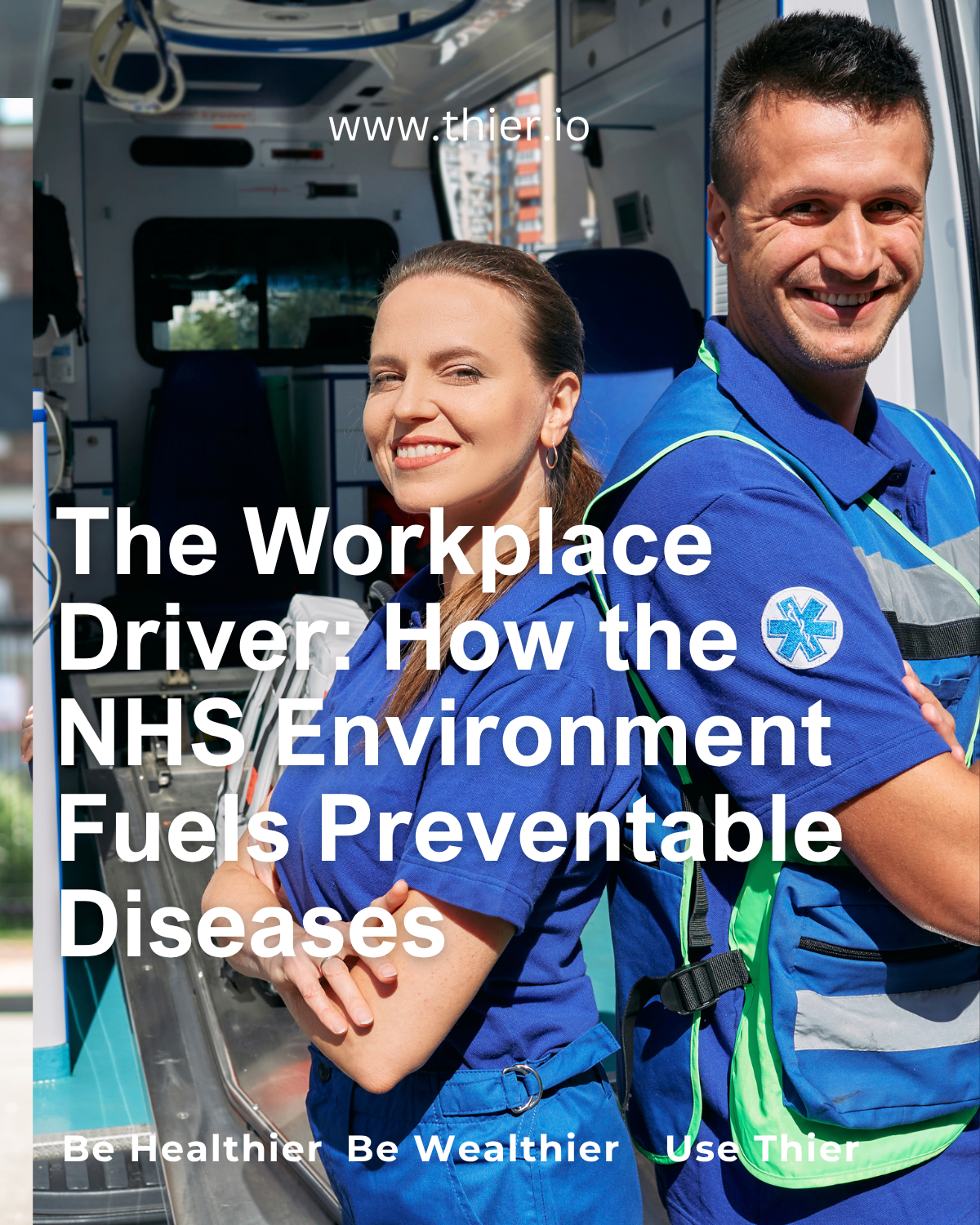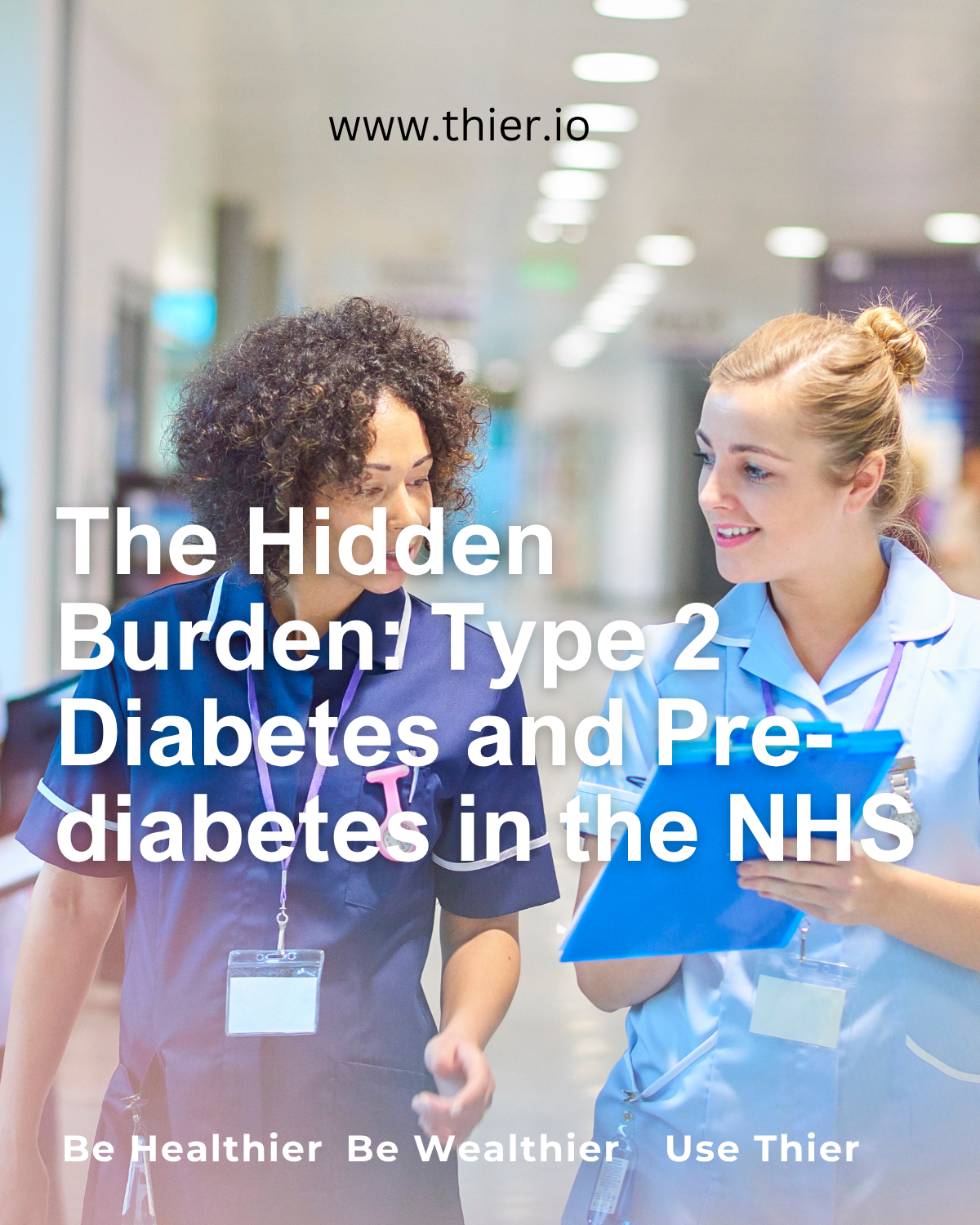Beyond the Noise: How Risk-Based Personalisation Will Define the Next Era of Health App Engagement
The health and wellness application market stands at a critical inflection point. Fuelled by unprecedented investment, the industry's primary growth engine a massive and ever-expanding volume of digital advertising is now producing diminishing returns.

This article argues that the prevailing strategy of winning users through volume is not only inefficient but strategically unsustainable, actively undermining long-term retention.
The necessary strategic pivot is a move away from broad-based marketing and toward a model of risk-based hyper-personalisation. This approach, proven in sectors like fintech and e-commerce, represents the next evolutionary phase for capturing and maintaining consumer attention. By anchoring the user experience to an individual's unique health risk profile, health tech platforms can transform from passive trackers to indispensable health partners.
The platforms that succeed will be those that can transition from adding to the digital noise to providing a clear, trusted, and personalised signal, fundamentally realigning their business models to partner with consumers on their path to better health.
2. The Saturation Point: How Healthcare's Marketing Boom Fuels Consumer Disengagement
2.1 The Scale of the Attention Economy
The U.S. healthcare advertising market reached $23.5 billion in 2023 and is projected to hit $33.8 billion by 2032. Digital ad spend alone is set to reach $19.66 billion by 2024. Most of this budget is concentrated in heavily trafficked digital channels such as Google, Facebook, and YouTube, ensuring that consumers are bombarded by health-related promotions almost constantly.
Despite this investment, engagement metrics remain bleak. Google Ads for health yield an average CTR of just 6.11%, while healthcare marketing emails see only 3%. These figures reflect the inefficacy of generic mass messaging in an oversaturated environment.
2.2 From Promotion to Paralysis
This saturation breeds "marketing fatigue" — a state of emotional and cognitive exhaustion. A 2024 study found that 67% of consumers reported fatigue from health ads, citing excessive frequency 51%, irrelevance 37%, and lack of personalisation 28% as top reasons.
The psychological impact of this overload is serious. It leads to decision paralysis, stress, diminished attentional resources, and ultimately, disengagement.
2.3 The Consequence for Digital Health
This environment is especially hostile for health and wellness apps, which are often perceived as just more noise. App abandonment rates reflect this reality:
- 66% of health apps are abandoned within 90 days
- 69% of fitness apps follow the same fate
- A median of 70% of users quit within 100 days
A key reason is the failure of personalisation. Generic experiences simply cannot compete for attention in today’s digital ecosystem.
2.4 The Lifetime Load: Why Personalisation is No Longer Optional
To fully understand the problem, we must quantify it across a user’s lifespan. The healthcare consumer today is not starting from zero. By the time someone reaches their 50s, they have been exposed to millions of healthcare-related ads, most of which are generic and impersonal.
Age Range: 20s
Estimated Healthcare Ads Seen: ~250,000
Key Exposure Channels: Social media, streaming, fitness, student health platforms
Age Range: 30s
Estimated Healthcare Ads Seen: 400,000
Key Exposure Channels: Parenting content, insurance, workplace wellness
Age Range: 40s
Estimated Healthcare Ads Seen: 500,000
Key Exposure Channels: Preventative care, chronic condition support, lifestyle brands.
Age Range: 50s
Estimated Healthcare Ads Seen: 600,000
Key Exposure Channels: Pharma, insurance, retirement, health tech
This cumulative exposure has led to desensitisation, declining trust, and user fatigue. In essence, the consumer's attention reservoir is already depleted by decades of impersonal messaging.
The implications for health apps are profound:
- Generic approaches add to the noise
- Consumers filter out unpersonalised content reflexively
- Even critical health messages are ignored due to past overload
3. The Next Frontier: Hyper-Personalisation as the Antidote to Apathy
3.1 Defining the "N-of-1" Experience
Hyper-personalisation means tailoring experiences based on a dynamic, data-rich profile of an individual — the "N-of-1" approach. This includes inputs from wearables, behavioural patterns, contextual factors, and even emotional states. It transforms health apps from static platforms into adaptive systems that respond to a user’s real-time health needs.
3.2 Why Personalisation Works Where Volume Fails
Personalisation doesn't just boost engagement; it restores relevance. Behavioural science shows that relevance, timeliness, and emotional resonance are essential for action. Personalisation offers:
- Trust and credibility
- Motivation grounded in personal risk
- Emotional connection through relevant messaging
In short, risk-based personalisation is the only viable way to break through decades of accumulated noise and fatigue.
Health apps cannot compete on volume. The future belongs to platforms that deliver precision, not presence. Risk-based personalisation offers a way forward not just to stand out, but to matter. The shift is clear: from promotional noise to personalised value.
3.3 The Consumer Mandate: An Overwhelming Demand for Tailored Experiences
The strategic shift toward hyper-personalisation is not merely a technological opportunity; it is a direct response to a clear and resounding consumer mandate. A recent survey found that a staggering 90% of consumers desire a personalised wellness product or service. This is not a niche preference but a mainstream expectation that cuts across demographics.
Critically, consumers have signalled their willingness to provide the data necessary to power these personalised experiences. The same study revealed that a majority 57% of consumers would share their personal fitness and health data in exchange for a tailored solution. This willingness is echoed in the broader consumer landscape, where 83% of shoppers are prepared to share data to enable a more personalised experience.
The inverse of this demand is a powerful motivator for brands: a failure to personalise is a significant source of consumer frustration and a direct driver of churn. A 2021 McKinsey report found that 76% of consumers are frustrated by a lack of personalised messaging. This frustration has tangible commercial consequences, with 60% of customers stating they will not purchase from a brand that offers a generic,"one-size-fits-all" approach. In this context, hyper-personalisation is not a luxury feature or a "nice-to-have." It is a fundamental consumer expectation and a competitive necessity for any brand seeking to build a loyal and engaged user base in the modern digital health market.
4. The Strategic Imperative: Pinpointing Engagement Through Risk-Based Personalisation
While hyper-personalisation provides the strategic framework, its most potent application within healthcare is the delivery of interventions tailored to an individual's specific health risk profile. This approach transforms the value proposition of a health app from a generic wellness tool into a proactive and essential instrument for managing and mitigating personal health risks. By drawing parallels from the mature, data-driven strategies of the fintech and e-commerce sectors, it becomes clear that risk-based personalisation is not a novel experiment but a proven model for driving engagement, delivering value, and building trust.
4.1 From Generic Nudges to Proactive Care: The Power of the Risk Profile
The core of this strategy lies in shifting from vague, generic advice to specific, contextual, and actionable insights. A standard wellness app might offer a generic nudge like "walk 10,000 steps today." A risk-based platform, however, can deliver a far more compelling message:
"Based on your family history of heart disease and your current biometric data from your wearable, increasing your daily average steps by 2,000 could lower your calculated 10-year risk of a cardiovascular event from 15% to11%."
This approach involves the creation of a "patient experience risk profile," an AI-driven construct that analyses a user's clinical data, behaviours, and self-reported information to predict future needs and potential health events. This allows the platform to move from a reactive posture; tracking what has already happened to a proactive one. Intervening to prevent what might happen.
Research has consistently shown that personalised risk assessment and communication significantly improve an individual's risk perception and their motivation to engage in health-promoting behaviours. The fundamental shift is in user motivation. Instead of pursuing an abstract goal of "getting healthier," the user is empowered with a concrete, quantifiable mission: to actively lower their personal risk score.
This reframes risk not as a source of fear, but as an opportunity for agency ,providing a powerful intrinsic motivator for sustained engagement.
4.2 Learning from Adjacent Innovators I: Parallels from Fintech
The financial technology sector provides a robust and mature blueprint for the power of risk-based personalisation. For fintech, this is not a feature but the entire business model, demonstrating decades of refinement in using risk assessment to deliver tailored value to consumers.
- Credit Scoring and Personalised Lending: The most established parallel is credit risk modelling. Financial institutions have long used vast datasets including traditional credit bureau information and, more recently, alternative data like transaction histories to build sophisticated models that predict a borrower's likelihood of default. This risk score is not merely an internal metric; it is the basis for offering personalised financial products, from tailored loan terms to specific interest rates. This is a direct analogue to a health tech platform using a user's health data to generate a risk score that then unlocks a personalised set of interventions and recommendations.
- Insurtech and Shared Value: The insurtech innovator Vitality has pioneered a "Shared Value Insurance" model that perfectly illustrates the alignment of incentives. Vitality uses member data to create dynamic, personalised risk profiles and then offers tangible rewards such as lower premiums, retail discounts, and other perks for specific behaviours that are proven to reduce that health risk. This creates a win-win scenario: the member is incentivised to become healthier and pay less, while the insurer benefits from lower claims costs. This model of aligning user, provider, and payer incentives is directly transferable to the health app ecosystem.
- Robo-Advisory Services: Automated investment platforms, or robo-advisors, operate on a similar principle. They begin by assessing a client's financial goals and, crucially, their tolerance for risk. This risk profile is then used to algorithmically construct and manage a personalised investment portfolio that is automatically rebalanced as market conditions or the client's circumstances change. This is a powerful parallel for a health app that could use a user's health risk profile and stated goals (e.g., "run a 5k," "lower my blood pressure") to generate and continuously adapt a personalised wellness plan.
4.3 Learning from Adjacent Innovators II: Parallels from E-commerce
The e-commerce industry demonstrates how risk assessment can be used in real-time to personalise the user journey, simultaneously enhancing security, reducing friction, and driving revenue.
- Fraud Detection as Real-Time Personalisation: A prime example is real-time fraud detection. E-commerce platforms continuously analyse hundreds of data points—including transaction details, device fingerprints, IP geolocation, and even behavioural biometrics like typing speed and mouse movements—to assign a dynamic risk score to every interaction. This score dictates the user's experience. A transaction deemed low-risk proceeds with a frictionless, one-click checkout. An interaction flagged as high-risk automatically triggers an additional verification step, such as multi-factor authentication (MFA). This is a perfect illustration of risk-based personalisation in action: the user's journey is tailored, in milliseconds, based on a dynamic risk assessment to optimise for both security and convenience.
- Predictive Purchase Likelihood Models: Modern e-commerce personalisation extends far beyond recommending products based on past purchases. Sophisticated AI-powered recommendation engines analyse a user's real-time behaviour such as browsing history, time spent on a product page, and items added to a cart to predict their likelihood of making a purchase. This predictive risk score is then used to personalise the entire experience, from the product recommendations displayed to the specific discounts or promotions offered, all with the goal of maximising the probability of conversion. This is directly analogous to a health app that could predict a user's likelihood of lapsing in their health routine and proactively intervene with a personalised nudge or a motivating piece of content tailored to their specific risk profile and goals.
The crucial lesson from these adjacent industries is not simply the implementation of risk models, but the strategic communication of risk and benefit to the user. A credit score is a tool that empowers a consumer to improve their financial health. A low fraud-risk score translates into the tangible benefit of a seamless checkout. For health apps to succeed with thiSs model, they must learn to translate a complex health risk score into a clear, actionable, and motivating user journey that puts the individual in control.
Sources


